CES 2024: Las Vegas expectations for this year
We say it every year, but it seems like it was only yesterday that we were all packed into a single room in Las Vegas, voting for our best in show and eating bad takeout. However, CES 2024 is actually rapidly approaching. The formal dates of the show are January 9–12, but we'll be there well before that. On January 7, the first CES-related events are anticipated to begin. There was an emphasis on accessibility and an alarming amount of items that you were expected to urinate on or into last year. This year, we expect to see a significant number of devices that assist people with mobility issues and hearing impairments, but we also expect certain new trends to make waves.
Solar energy that is easy to use
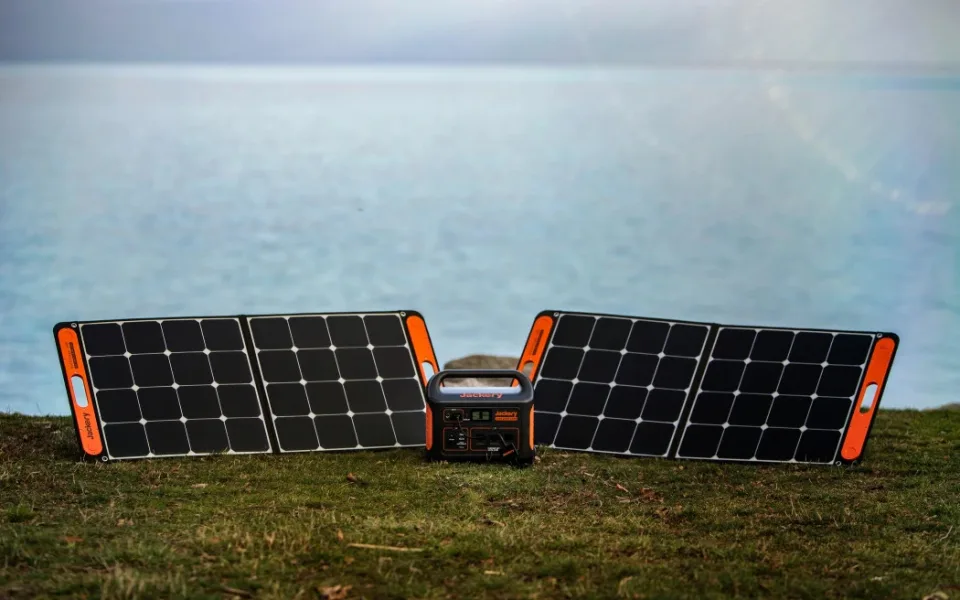
I predict that a tonne of sustainable energy technologies packaged as consumer goods will be on display at CES in 2024. Professional contractors have historically been the only ones with access to solar panels, but standalone installations are becoming more and more common. This equipment would have been marketed to RV owners two or three years ago, but it is now beginning to become widely available. Pop-up solar panels are very popular, paired with inverters and batteries that resemble air conditioners and are discreetly placed in the corner. The fact that the majority of these configurations are plug-and-play, meaning an expert is not necessary, is a benefit.
Make use ofBeyond the specialized market of those wishing to disconnect from the electrical grid, there are a few other motivators for this. It is foolish to believe that the cost of electricity won't rise here, as it has in many other non-US locations. Not to mention that people have witnessed catastrophic power grid failures in states like Texas. In the upcoming years, there will be a lot of growth in this sector, and I predict that more and more consumer companies will enter the home battery space by following Anker and Jackery. — Dan Cooper, Senior Correspondent for UK Renewable Energy
MEMS earbuds
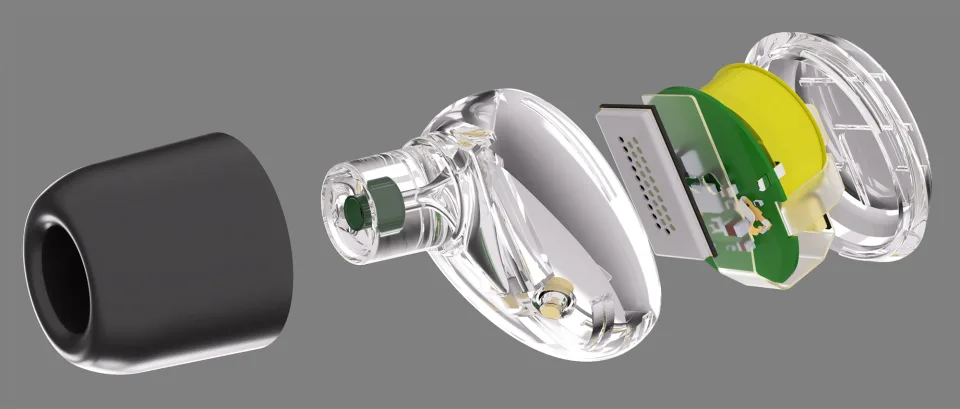
Audio enthusiasts are incredibly enthusiastic about MEMS earbud drivers, if Engadget's audience statistics are any guide. Micro-electromechanical systems, or MEMS, could be the next big thing in headphones, as my colleague James Trew has shown in his reporting. The first solid state components were introduced to the market by xMEMS, a California-based business, and the first truly wireless earbuds that utilize them have just been released into retail.
More consistent fidelity, higher durability, and enhanced reaction are reportedly some advantages of MEMS drivers. Additionally, they don't need the matching or calibration that dynamic or balanced-armature drivers do in a manufacturing line. The main drawback is that they still require a hybrid setup with a secondary bass driver as now. On the other hand, xMEMS promises 40 times louder bass response with their next-generation MEMS speaker.
The company will be showcasing the new model, named Cypress, to CES attendees. According to xMEMS, its performance is comparable to the bass output of "the best" 10–12 coil earbud speakers currently on the market. Additionally, Cypress can enhance ANC performance, which according to xMEMs will encompass higher frequencies, such as wailing infants. Consumer items won't be available for almost a year because the corporation has already stated that the components won't be put into mass manufacturing until the end of 2024. However, the excitement around a very early glimpse in Las Vegas is too great to ignore. Joel Steele, Senior Correspondent
Wi-Fi 7 is present everywhere.
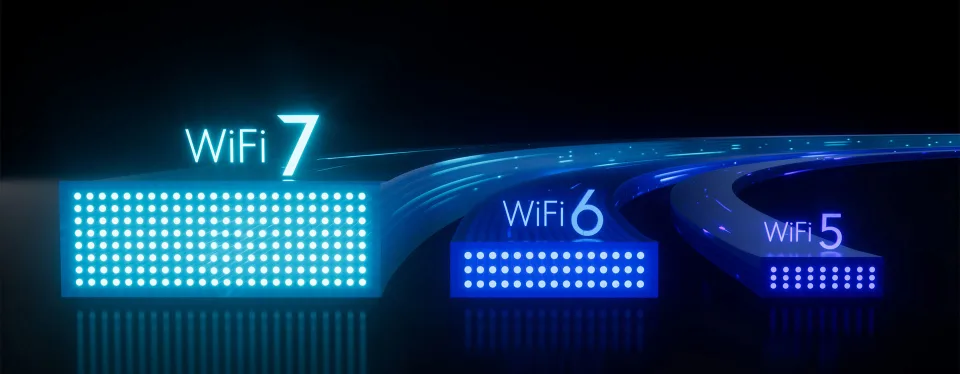
I anticipate seeing a lot of new gadgets with support for Wi-Fi 7 at CES 2024, ranging from laptops to TVs and everything in between, even though it might not be the most thrilling advancement. Although it's still in the early stages of development, device manufacturers are hoping to gain a head start on the official Wi-Fi 7 standard, which is anticipated to be finalized sometime in early 2024. Wi-Fi 7 has several advantages over Wi-Fi 6/6E, such as higher maximum speeds of up to 46 Gbps, which is more than twice as fast, and a 320 Mhz channel width, which provides twice as much capacity.
Multi-link operation, or MLO, is another crucial feature that enables Wi-Fi 7 devices to use two bands simultaneously, thereby converting a single wireless connection into a two-lane highway. This could enhance mesh network performance for homeowners with larger homes by enabling device band switching without compromising speed or connectivity. Wi-Fi 7 offers a major improvement in QAM (quadrature amplitude modulation), allowing devices to fit more data into the same carrier signal than Wi-Fi 6/6E's 1024-QAM.
However, in order to fully utilize the features of the spec, you'll need a compatible device and router (in addition to a fast enough internet connection), even though some devices on the market today, like the Samsung Galaxy S23, already support Wi-Fi 7. To sum up, you should look out for new gadgets that support Wi-Fi 7, but wait until costs settle and these devices become more widely available before upgrading everything in your house. — Reporter Sam Rutherford, Senior
The year AI-powered personal computers
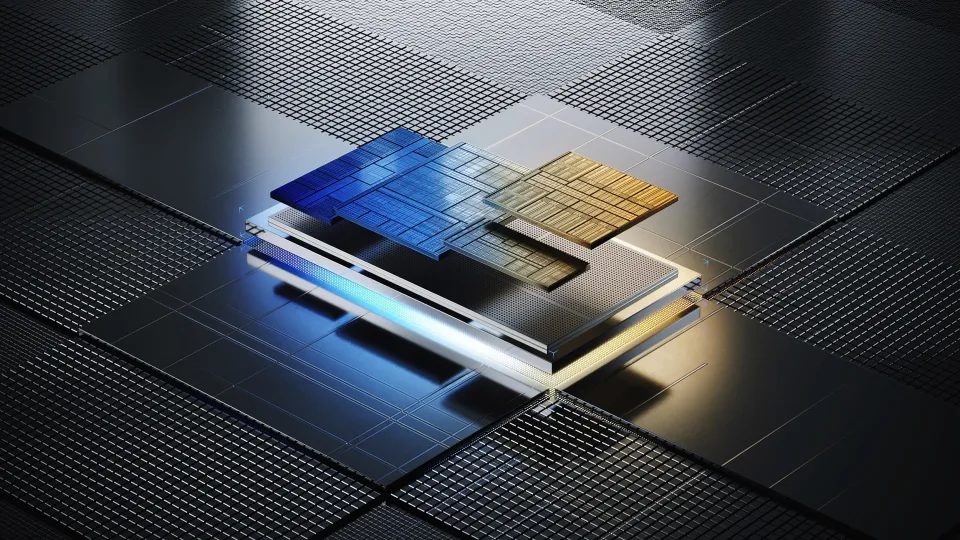
"AI PC" is one trendy term that you will undoubtedly hear a lot in 2024. It's a term used by both AMD and Intel to refer to systems with chips that have neural processing units, or NPUs. An NPU offloads AI duties so they can be handled more effectively, much like GPUs accelerate visual processing for gaming. That's primarily restricted to Microsoft's Studio Effects for Windows 11, which can enhance your lighting or blur the backgrounds of your video chats. However, there are rumors of additional Windows AI capabilities coming (Microsoft's attempt to integrate its Copilot AI into all of its products is a good indication), and businesses like Adobe and Audacity are also working on NPU-powered features for their apps.
In an effort to create quicker and more efficient technology, chipmakers have been pursuing smaller process designs, greater clock rates, and a plethora of other architectural advancements like 3D transistors for years. Another method of cutting battery consumption and increasing computing performance is the shift to mobile chip architectures, such as Apple's Silicon. Companies like Intel, AMD, and others are putting more of an emphasis on GPUs to improve the performance of basic games and to handle creative activities like movie transcoding. In addition to being the newest and most reliable technology available to chip designers, NPUs have the ability to completely transform how we use computers—or at the very least, provide ultraportables a little extra power and battery life.
Even though marketing words can easily be taken with a grain of salt, the term "AI PC" is at least useful. Since Intel only entered the AI space with its new Core Ultra CPUs, there are still a lot of laptops on the market without NPUs. As a result, customers will require a simple way to distinguish between various system kinds. You don't want to be stuck with a non-NPU machine for several years if you're updating your laptop to take advantage of Windows Studio effects and AI-powered software, after all. — Harundra Devindra
TV that is truly wireless
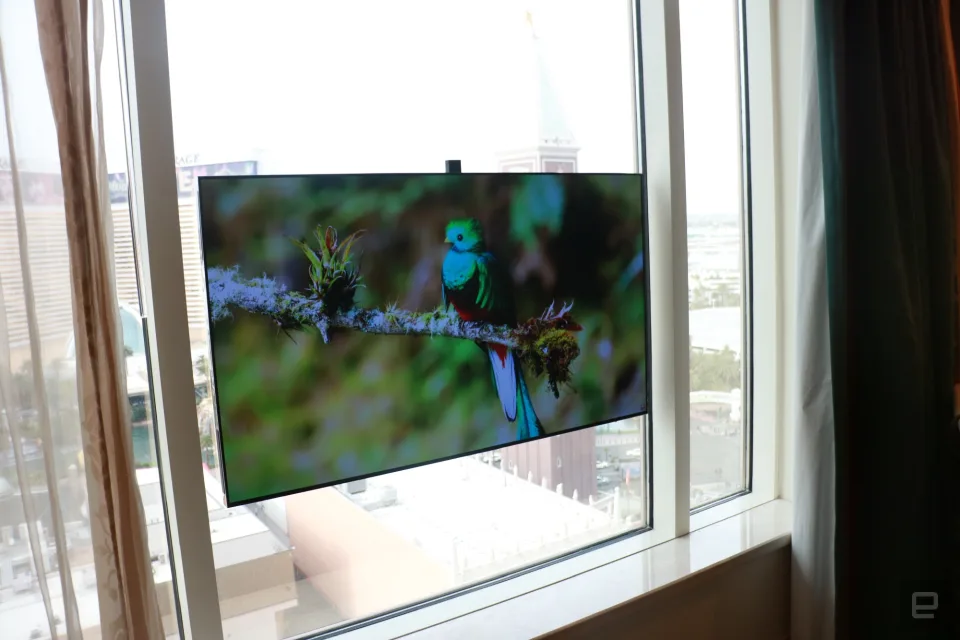
With its completely wireless TV that could be put anywhere, even suction-cupped to a window, Displace made a big impression at CES 2023. We had a lot of questions after watching the company's demo because it didn't seem ready to talk about important product specifics because all it shown were prototypes made just for CES. This year, the firm is making a comeback to Vegas, and it has already revealed what it will be showcasing.
Initially, Displace announces that the 27-inch Displace Mini and the 55-inch Displace Flex TV sizes would be demoed. The 55-inch display that we previously saw this year differs significantly from the Flex in that the latter may be fastened to an optional magnetic wireless charging stand. The business claims that if you view six hours of material a day, the battery life of both the Flex and the Mini will last a month. Pricing information is not yet available, but as they go up for pre-order on January 9, it won't be long. Displace announced that it will also debut a 110-inch model at CES, however little specifics are known.
Since the past CES, the original version's price has increased to $4,499; orders placed won't be fulfilled until mid-2024. It's anticipated that the new Mini and Flex won't go on sale until late in 2019. A status update is what we'll be most interested in seeing at CES. Have the units been polished any more? Since that initial prototype, have there been any noteworthy improvements? What is the price of the additional replaceable batteries? Is it likely that the business will be able to ship over the next six to twelve months?
Additionally, Displace has revealed a purchasing platform powered by AI for its TVs. The software may search for potential sales items in a paused scenario using the same movements used to control TV viewing. Additionally, the system enables you to instantly make a purchase by utilizing a mobile app or by bringing a phone or watch close to the NFC-enabled TVs. Ambient computing has always been the aim of Displace's products, and this shopping platform is the first step in that direction. In addition, it allows the business to continue making money off the TVs after the first sale. — Billy Steele
From January 6–12, we will be providing live coverage from CES 2024 in Las Vegas. Here you may stay up to date on all the most recent show news.
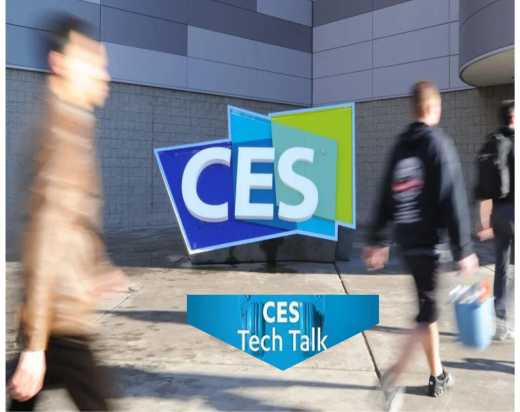


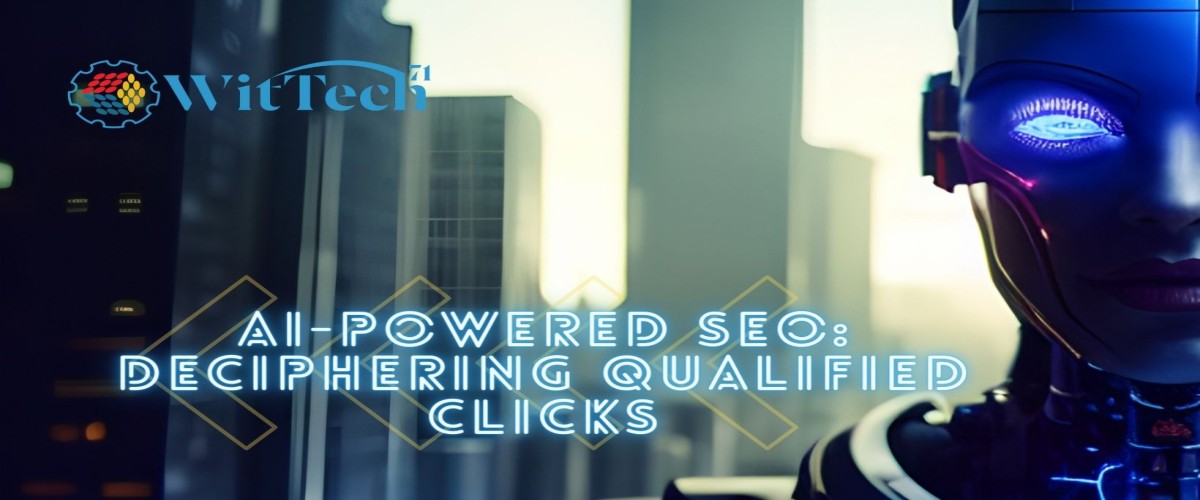
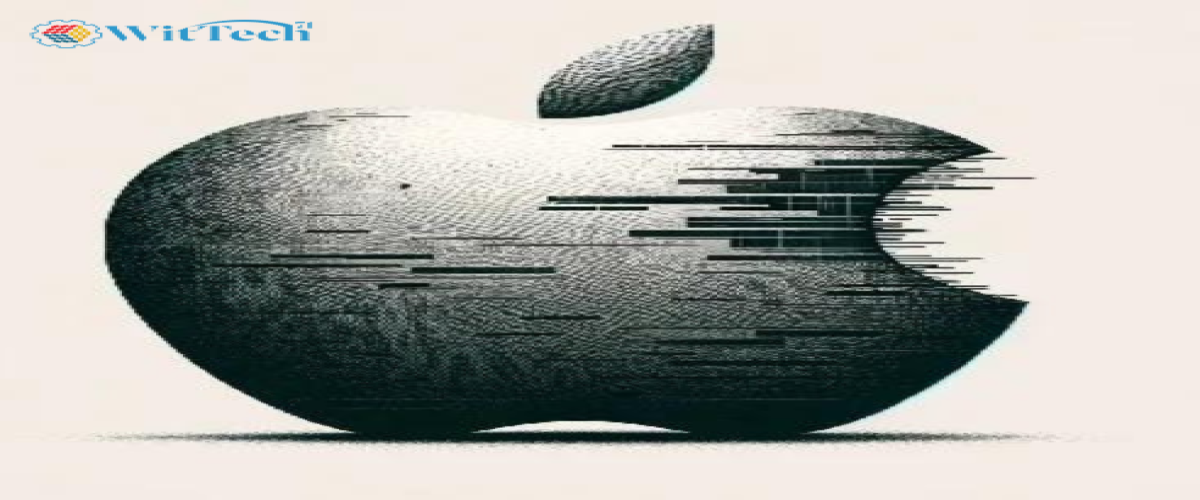
Comments